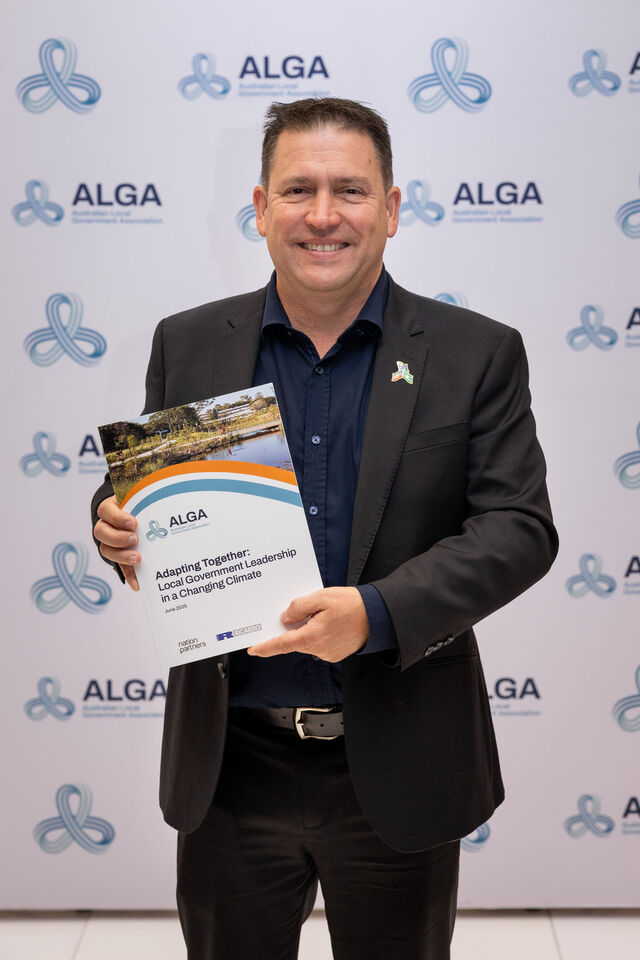With long term sustainability a primary goal for Local Government, effective lifecycle management of high value infrastructure assets has become increasingly important. Recognising this challenge, a group of Queensland councils including Brisbane, Townsville and Redland City Councils, along with Sunshine Coast and Moreton Bay Regional Councils, have been working on a process to improve the quality of asset information provided on new urban subdivisions.
The project, formally known as ADAC (Asset Design and As Constructed), has focused on developing a consistent and reliable process for collecting, transmitting and recording detailed information on civil infrastructure and other related assets donated to Local Government via the development process, such as roads, water, sewerage and stormwater infrastructure.
Originally managed under a Regional Collaboration model, project operations are now combined with the Queensland Branch of the IPWEA via a memorandum of understanding.
Historically, the collection of asset data on new civil infrastructure has been carried out through scrutiny of the hardcopy ‘As Constructed’ plans submitted to councils at the completion of each major stage of a development. This approach has been recognised as both time consuming and potentially prone to errors.
The ADAC group looked to a technological solution, with the creation of specially developed AutoCAD® based drawing routines.
The ADAC tools assist with the capture of precise asset data on roads, stormwater/drainage, water and sewerage infrastructure as well as relevant cadastral information. A parks data model has now also been developed for release.
The ‘front end’ of the ADAC process is undertaken by consulting engineers and surveyors during creation of the required ‘As Constructed’ plans of new subdivisions.
As the plans are produced using CAD software, asset details are entered using embedded data input screens.
Once the plan and the digital ADAC file have been created, it is then provided to the relevant council, accompanying the applicable ‘As-Constructed’ bundle of information. The digital data can then be used by councils to create relevant GIS layers, as well as for automatic population of other backend systems, including asset management databases.
The digital format enables rapid valuation of assets and automated checking of the supplied information against any
predefined rules.
An XML schema of the current asset data model that underpins the ADAC process has now been released to commercial software developers to allow the integration of the ADAC data capture tools within their own state of the art products.
This is allowing commercially developed solutions to be tailored specifically to customer and industry needs.
ADAC has been picked up by IPWEA National and the National Asset Management Strategy (NAMS) and is being marketed nationally.
For further information on ADAC visit www.adac.com.au or contact IPWEAQ by email at info@ipweaq.asn.au
*Geoff Bartholomew recently retired as the Asset Management Coordinator at Moreton Bay Regional Council.







